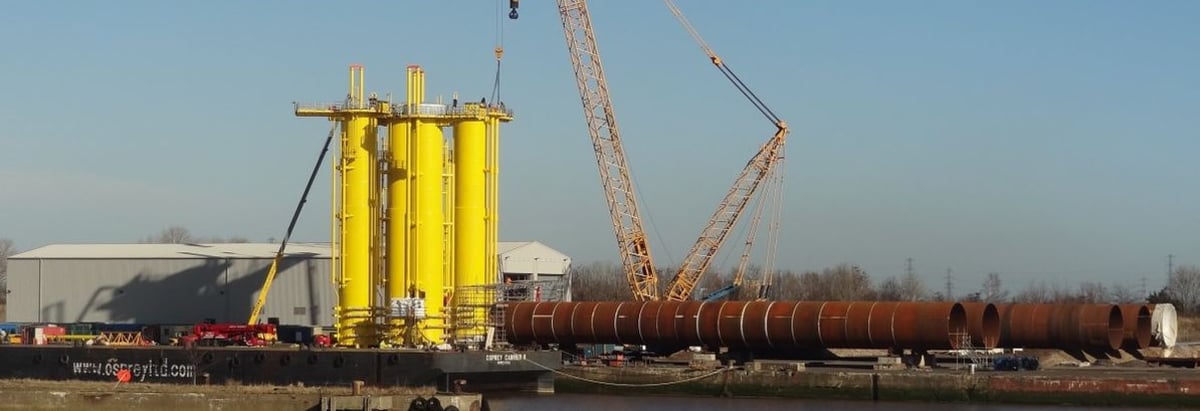
Want to participate in a short research study? Help shape the future of investing tools and receive a $20 prize!
Investors are always looking for growth in small-cap stocks like RigNet, Inc. (NASDAQ:RNET), with a market cap of US$309m. However, an important fact which most ignore is: how financially healthy is the business? Companies operating in the Energy Services industry, in particular ones that run negative earnings, are inclined towards being higher risk. Assessing first and foremost the financial health is crucial. Here are few basic financial health checks you should consider before taking the plunge. However, I know these factors are very high-level, so I recommend you dig deeper yourself into RNET here.
How much cash does RNET generate through its operations?
RNET has built up its total debt levels in the last twelve months, from US$60m to US$71m , which includes long-term debt. With this increase in debt, RNET's cash and short-term investments stands at US$21m for investing into the business. On top of this, RNET has generated cash from operations of US$9.7m over the same time period, leading to an operating cash to total debt ratio of 14%, meaning that RNET’s debt is not appropriately covered by operating cash. This ratio can also be interpreted as a measure of efficiency for unprofitable companies since metrics such as return on asset (ROA) requires positive earnings. In RNET’s case, it is able to generate 0.14x cash from its debt capital.
Does RNET’s liquid assets cover its short-term commitments?
At the current liabilities level of US$44m, it seems that the business has maintained a safe level of current assets to meet its obligations, with the current ratio last standing at 2.27x. For Energy Services companies, this ratio is within a sensible range since there's a sufficient cash cushion without leaving too much capital idle or in low-earning investments.

Can RNET service its debt comfortably?
RNET is a relatively highly levered company with a debt-to-equity of 68%. This is not uncommon for a small-cap company given that debt tends to be lower-cost and at times, more accessible. However, since RNET is presently loss-making, sustainability of its current state of operations becomes a concern. Running high debt, while not yet making money, can be risky in unexpected downturns as liquidity may dry up, making it hard to operate.
Next Steps:
Although RNET’s debt level is towards the higher end of the spectrum, its cash flow coverage seems adequate to meet obligations which means its debt is being efficiently utilised. Since there is also no concerns around RNET's liquidity needs, this may be its optimal capital structure for the time being. Keep in mind I haven't considered other factors such as how RNET has been performing in the past. You should continue to research RigNet to get a better picture of the small-cap by looking at:
- Future Outlook: What are well-informed industry analysts predicting for RNET’s future growth? Take a look at our free research report of analyst consensus for RNET’s outlook.
- Historical Performance: What has RNET's returns been like over the past? Go into more detail in the past track record analysis and take a look at the free visual representations of our analysis for more clarity.
- Other High-Performing Stocks: Are there other stocks that provide better prospects with proven track records? Explore our free list of these great stocks here.
We aim to bring you long-term focused research analysis driven by fundamental data. Note that our analysis may not factor in the latest price-sensitive company announcements or qualitative material.
If you spot an error that warrants correction, please contact the editor at editorial-team@simplywallst.com. This article by Simply Wall St is general in nature. It does not constitute a recommendation to buy or sell any stock, and does not take account of your objectives, or your financial situation. Simply Wall St has no position in the stocks mentioned. Thank you for reading.
Market Insights
Community Narratives



